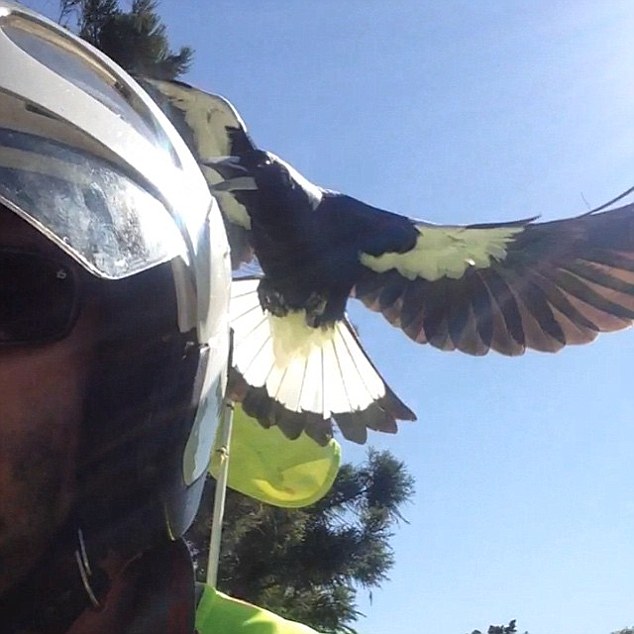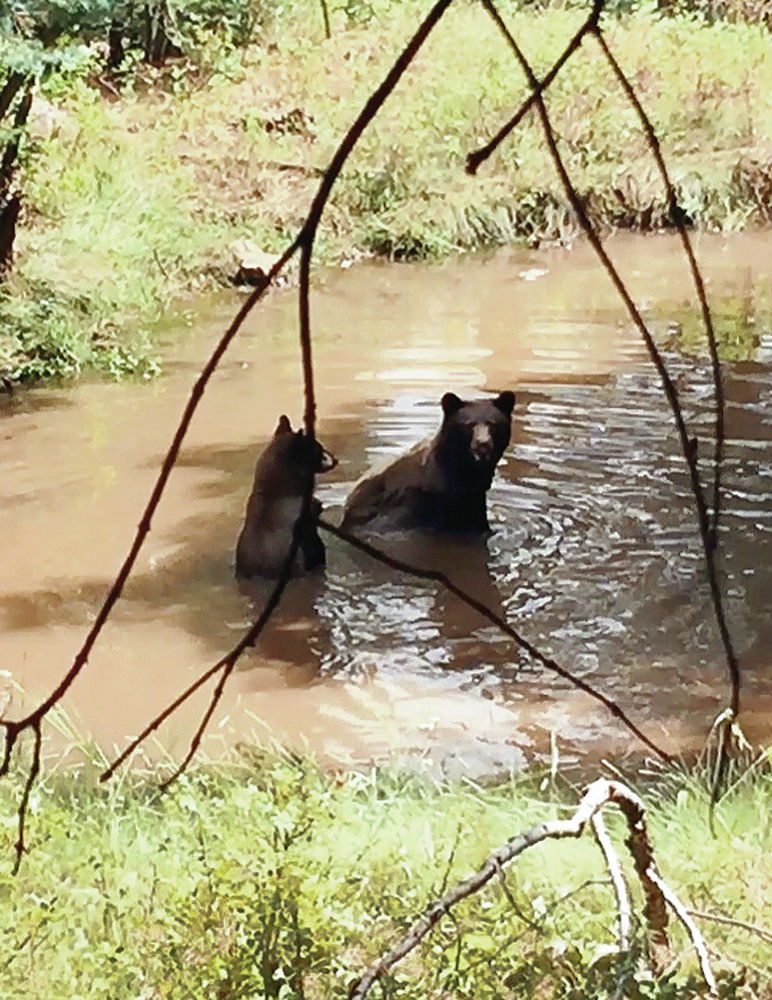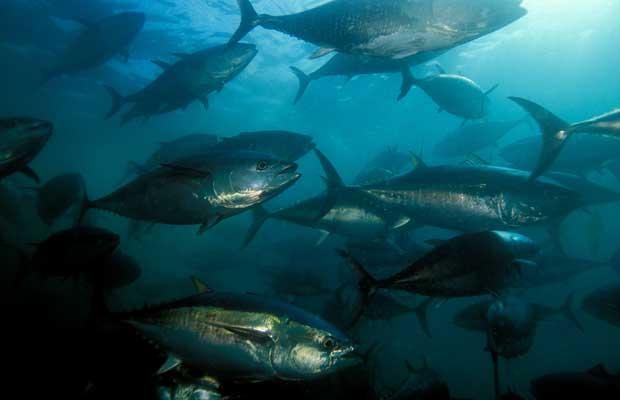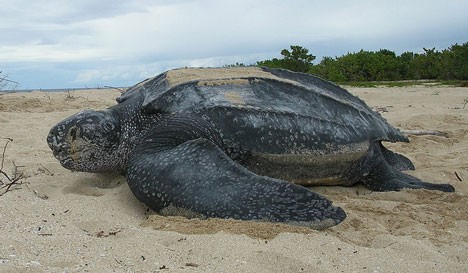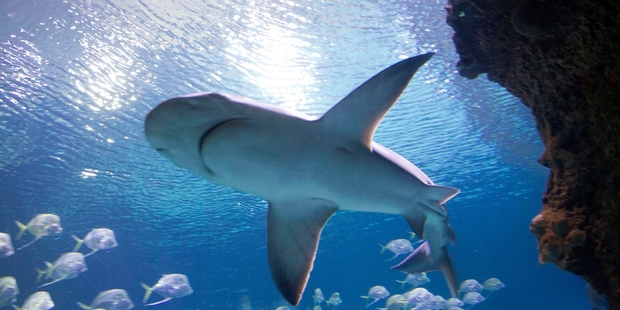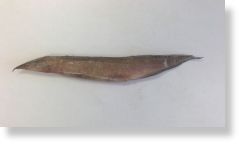
Hundreds of eel have recently washed ashore near the mouth of the Nottawasaga River.
The eels have a pointed nose and spots on the tail
"I have never seen this before," said Rick Baldry with the Georgian Triangle Anglers Association. "This is something completely foreign to my eyes and probably everyone else's eyes around here."
The eels have not been positively identified, but appear to be a type of peacock eel that are sometimes raised in aquariums. Those eels are native to the tropical waters in Thailand, India and Burma and can grow to be almost 40 centimetres long.
Baldry is concerned that somebody body must have released the eels into the wild and considering the numbers they must have reproduced too.
"How did they get here, that's the real concern," he said.
